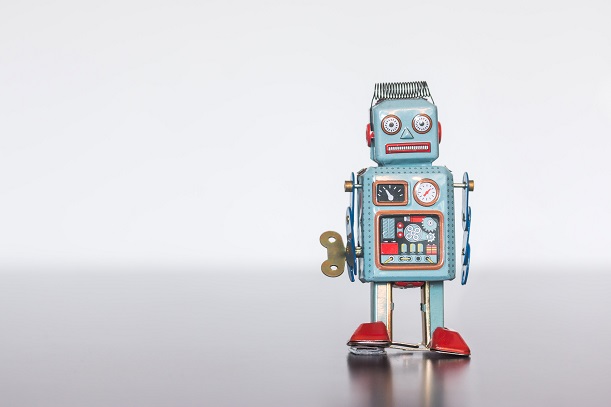You don’t need to read between the lines to see that Nokia’s new machine learning-driven approach to customer service could lead to large-scale replacement of customer service agents – but is the technology up to the job?
The Finnish vendor launched its new Autonomous Customer Care solution this week at TM Forum, which allows telcos to offer automated “care bots” that will be able to fix and troubleshoot problems for customers.
Rather than requiring a human agent to deal with every complaint or an engineer to conduct every repair, Nokia aims to allow telcos to automate the entire process.
Part of this is the predictive analytics that aims to predict and resolve problems before the customer is even aware of them.
Speaking to Mobile Europe, Richard Crowe, Nokia’s Head of OSS Marketing at Nokia, explains that 40 percent of call centre queries are to do with Wi-Fi issues.
“We can look at settings on router, quality of Wi-Fi, see interference from neighbours, use a combination of what we know about you and your current situation to predict when you’ll have a complaint,” he says. A simple remedial action can be taken such as changing channels on the router or pushing an upgrade.
“Certainly no more engineers is a possible outcome,” admits Crowe.
At the core of Nokia’s pitch is the promise of providing customers with the benefits of human interaction without resorting to interactive voice response or queues.
Accordingly, the cost-saving service agent can be activated through consumer interfaces, such as Alexa, Siri or Facebook Messenger.
Crowe explains that these consumer interfaces provide the basic natural language understanding while Nokia provides the understanding of what the user is actually trying to do.
“That interface engages the workflow engine so you can talk to the interface as though it’s a person,” Crowe says.
In financial terms, the numbers apparently add up. Although not giving specific figures, Crowe says that in trials with a number of unnamed operators so far the outlay has been smaller than expanding the contact centre by the amount required to provide the same quality of service.
Nokia says the interactive bots can handle up to 80 percent of care issues without customer support agent intervention.
However, there are limitations to the technology, one arguably being the customer themselves.
“A bit farther out, the vision is that you can really talk in natural language and have a completely natural conversation. We want it to be like having a conversation with an actual person.”
He adds: “When talking to the bot, right now, you need to be a little bit [specific] on the language that you use. You have to be able to use a few words that give it an indication.”
As Shelley Schlueter, Head of Analytics Marketing at Nokia, says: “You can’t just tell it ‘the thingy in the corner with the green light isn’t working’.”
Nokia also accepts that some customers will not accept the technology and will still want to speak to a human.
In theory, though, Crowe says the AI should take enough of the workload off the agents that the customers who need human interaction will be able to access it more easily.
The technology will be available from Q3 of this year. The market and the technology itself may not lead to human interaction being completely phased out, but it is clearly a step in that direction.



